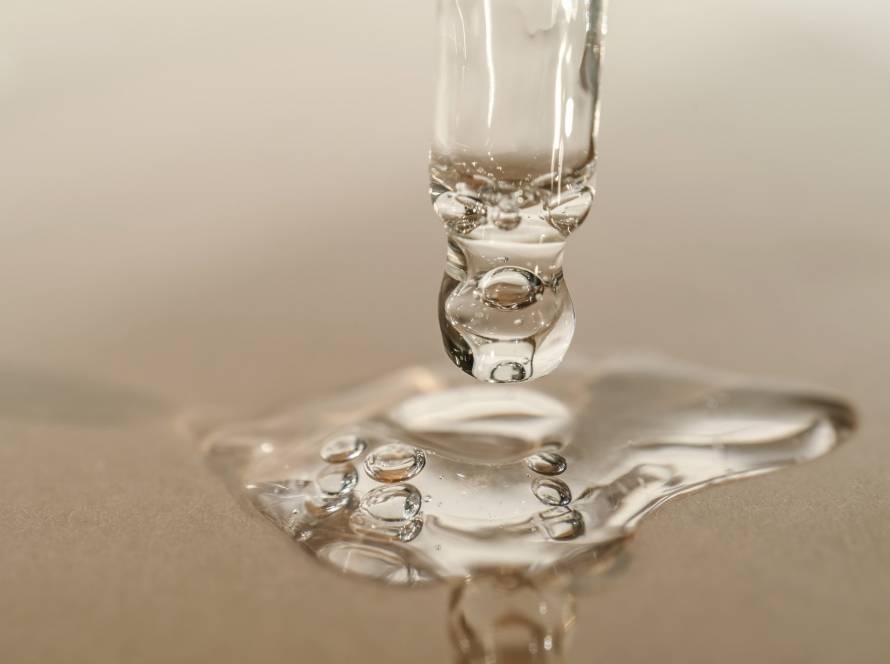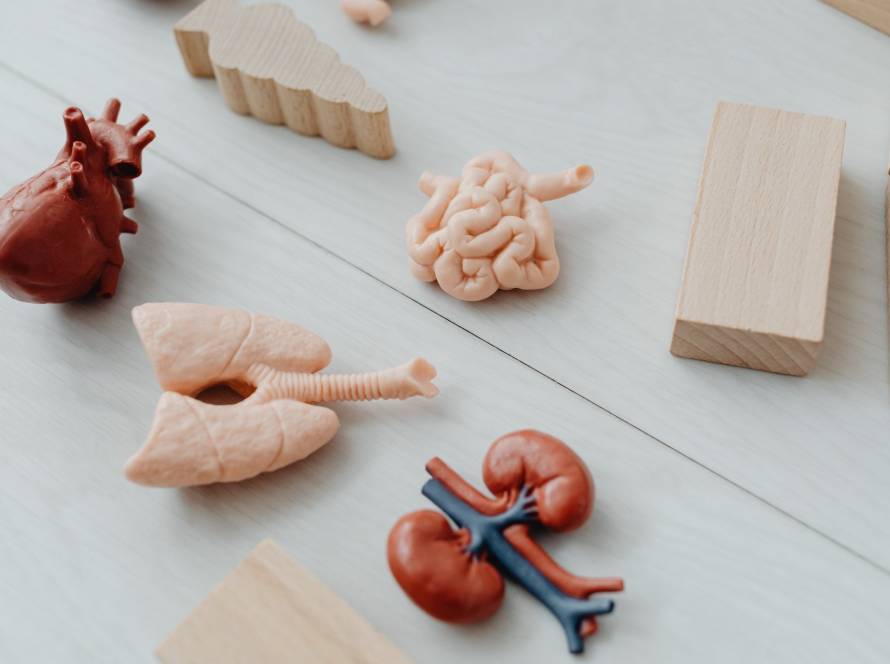Scientists have made one of the most exciting breakthroughs in longevity research by using ultrasound alone to rejuvenate senescent cells and organisms. Research shows that low-frequency ultrasound (LFU) treatment can bring back growth in senescent cells. The treatment improves physical performance by a lot in older mice, which could lead to new treatments for age-related diseases.
This piece explores the science behind rejuvenating senescent cells and what senescent changes mean for our health and longevity.
What are senescent cells and why do they matter?
Cellular senescence is a state where cells permanently stop dividing but stay metabolically active. These cells are different from quiescent or terminally differentiated cells. This biological process evolved as a protective mechanism against cancer and stops damaged cells from replicating. Research shows that senescent cells build up exponentially as chronological age increases in tissues of all types.
How senescent cells form and what they do
Cells become senescent when they face different types of stress:
- Telomere shortening (replicative senescence);
- DNA damage and genotoxic stress;
- Oncogene activation (oncogene-induced senescence);
- Oxidative stress and mitochondrial dysfunction;
- Protein aggregation and diminished autophagy.
Two major pathways activate this process: p53/p21 and p16INK4a/pRB, which create stable growth arrest. Senescent cells stop dividing and go through dramatic changes in their phenotype. These changes affect their metabolism, chromatin arrangement and physical structure. Senescence works like a double-edged sword because it can help or harm our health.
The role of SASP in chronic inflammation
Senescent cells stand out because of their senescence-associated secretory phenotype (SASP). This complex mixture of secreted factors makes them unique among non-dividing cells. SASP contains proinflammatory cytokines, chemokines, growth factors, proteases and extracellular matrix components.
SASP strengthens senescence through self-signaling and spreads it to nearby cells through paracrine effects. This secretory profile leads to “inflammaging“, a persistent low-level inflammation that underlies many age-related diseases. A small number of senescent cells can affect tissue function by a lot through their secretory profile.
Senescent changes meaning in aging and disease
Senescent cells make us age and cause age-related diseases in several ways. They disrupt how tissues regenerate by depleting stem and progenitor cell populations. The SASP creates inflammation that damages tissue function.
These cells are linked to many conditions. The list has atherosclerosis, diabetes, osteoporosis, neurodegenerative disorders and cancer. Studies show that young, healthy animals that receive just a few senescent cells show age-related physical problems and die sooner.
Cellular senescence also helps normal development, tissue remodeling and wound healing. The immune system usually removes these cells after they complete their job. This dual nature means treatments targeting senescent cells must balance removing harmful cells while keeping the helpful ones.
How ultrasound interacts with cells
Ultrasound is a type of mechanical energy that creates acoustic waves beyond what humans can hear (typically above 20,000 Hz). These sound waves create various effects in biological tissues that scientists can control for therapeutic benefits.
Basics of ultrasound therapy and safety
Therapeutic ultrasound has grown beyond its diagnostic imaging roots. It now serves as a versatile treatment that delivers energy to tissues and triggers biological effects. The safety depends on several factors like frequency, intensity and how long the exposure lasts. Therapeutic ultrasound can produce either heat through energy absorption or mechanical changes through pressure variations. Most approved treatments follow well-tested safety guidelines to reduce risks and maximize benefits.
Safety remains the top priority since powerful treatments could have unwanted biological effects. The process needs careful standardization and proper dosage measurements to achieve the best results without harmful side effects.
Mechanical signals and cellular response
Cells detect ultrasound through a process called mechanotransduction. This process transforms mechanical signals into biochemical responses. The detection happens through:
- Transmembrane proteins such as integrins that connect the cell’s cytoskeleton to the extracellular matrix;
- Mechanosensitive ion channels, particularly Piezo1, which control calcium influx;
- Focal adhesion formation that triggers downstream signaling pathways.
These mechanical signals activate important cellular pathways including RhoA/ROCK, ERK/MAPK and PI3K/Akt signaling cascades. Ultrasound also triggers calcium-selective mechanosensitive channels. This leads to calcium buildup that grows through calcium and voltage-gated channels.
Why low-frequency ultrasound is different
Low-frequency ultrasound (below 1 MHz) has unique advantages compared to higher frequencies. These waves travel deeper into tissues with minimal surface absorption. They create stronger mechanical effects while producing very little heat.
Low-frequency ultrasound works mainly through non-thermal mechanisms like stable cavitation and acoustic streaming. This frequency range effectively triggers mechanosensitive pathways that help cellular rejuvenation. The effects are mostly mechanical rather than heat-based, which allows targeted cellular responses without damaging tissues.
What the research shows about rejuvenation
Lab research shows amazing results about how low-frequency ultrasound (LFU) affects aging cells. The evidence points to cell rejuvenation through mechanical stimulation alone.
Reversal of senescence markers in vitro
According to research, LFU treatment reverses 15 distinct characteristics of cellular senescence. The treatment stops β-galactosidase, p21 and p16 expression. It also increases telomere length and brings nuclear 5mC, H3K9me3, γH2AX, nuclear p53, ROS and mitoSox back to normal levels. The aging cell populations showed lower SASP secretion after LFU exposure. 8 pro-inflammatory components dropped.
Improved cell growth and mitochondrial function
Studies show that non-dividing senescent cells started growing again after just 30 minutes of LFU exposure. These rejuvenated cells grew faster than their non-senescent parent cells by the second passage. The treatment transformed mitochondrial behavior. These cellular powerhouses became smaller and moved 5 times faster. Research confirms that ultrasound waves boost mitochondrial breathing in myotubes. This helps restore the cell’s energy production.
In vivo results: healthspan and lifespan in mice
LFU treatment extended mouse lifespan by a lot. About 50% of treated mice lived to 1000 days (~33 months) compared to the control group, according to studies. The mice showed better physical performance. They performed better in treadmill endurance and inverted cling tests after just two treatments. The best results came from less frequent treatments, every second or third day rather than daily doses.
Why this matters for aging and future therapies
Ultrasound technology revolutionizes cellular rejuvenation in longevity medicine and provides clear advantages over traditional treatments. This breakthrough could change our approach to treating age-related decline at its core.
Non-invasive and drug-free rejuvenation
Ultrasound therapy stands out from other rejuvenation methods because it doesn’t require any invasive procedures. The treatment needs no incisions or anesthesia, which significantly reduces risks and complications. It reaches deep into tissues without affecting the epidermis, avoiding the side effects that usually come with treatments that disrupt the skin’s surface.
Patients can get back to their regular activities right after treatment. This makes ultrasound an attractive option if we have a busy schedule and want rejuvenation without interrupting our daily life.
Potential to complement senescent cells therapy
Ultrasound therapy works well both on its own and with other treatments. Scientists believe this method helps treat diseases linked to senescence and improves the results when combined with existing biochemical therapies.
The treatment triggers the body’s natural healing processes and stimulates collagen production through controlled heat effects. This mechanical approach to cellular renewal works differently from senolytics, which could lead to better results when used with pharmaceutical treatments.
Challenges ahead: dosage, tissue targeting, safety
The promising results come with several hurdles before widespread clinical use becomes possible. The biggest problem lies in optimizing parameters, different ultrasound settings bring out varied responses in different cell types, which requires careful adjustment. Targeting specific tissues also presents technical challenges that need solutions for the best therapeutic outcomes.
Safety needs careful consideration. Side effects are usually mild and temporary, including redness, swelling and occasional discomfort, but creating standard protocols remains vital. Research must continue to determine long-term safety data and the best intervals between treatments.
The treatment’s effectiveness might depend on the health of a person’s immune system, which could limit its success in older people who have declining immune function. These challenges represent expected steps in advancing this promising technology toward clinical use.
Low-frequency ultrasound’s emergence as a rejuvenation tool marks a fundamental change in longevity research. The non-invasive nature of ultrasound therapy fits perfectly with people’s desire for regenerative approaches that work with the body’s natural processes. This mechanical approach to rejuvenation could become a key part of complete longevity protocols as research advances. It offers a safe, available option for people who want to extend their healthspan and potentially their lifespan.


